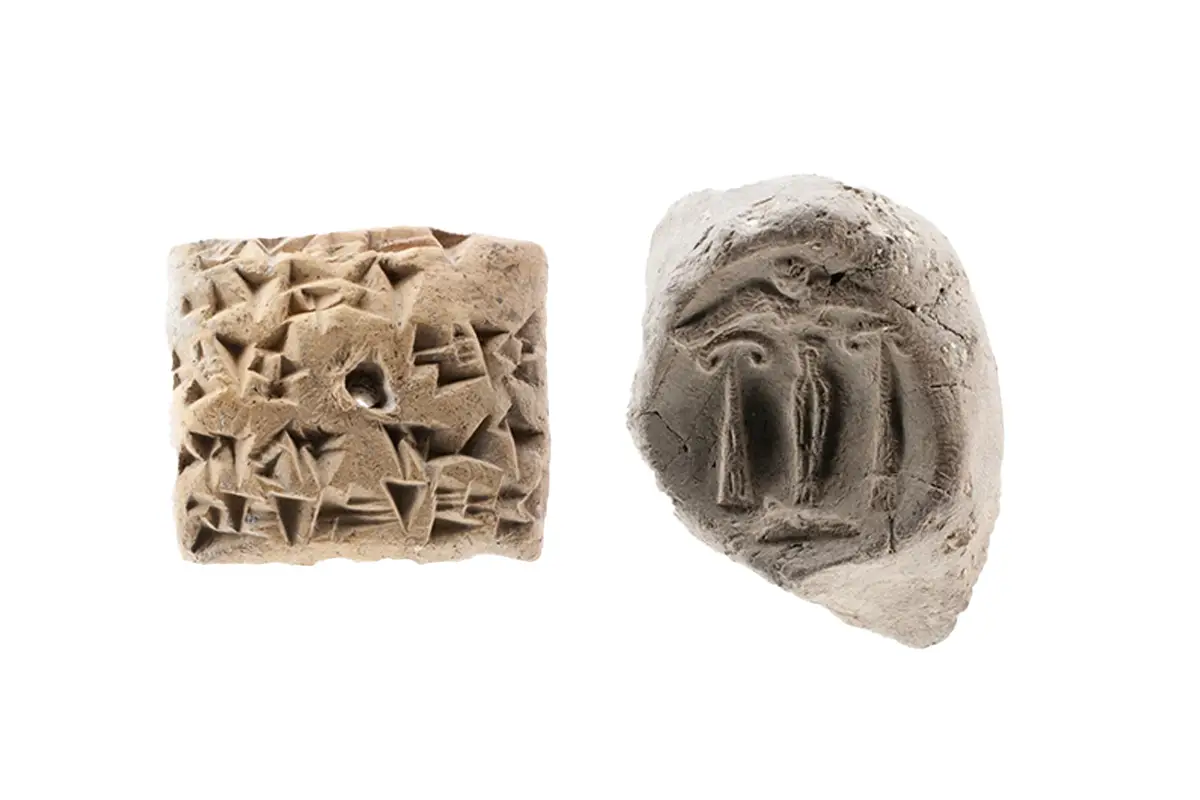Archaeologists excavating the Hittite settlement of Kayalıpınar in Türkiye’s Sivas’ Yıldızeli district have unearthed a trove of cuneiform tablets and seal impressions.
The Hittites were an Anatolian people that established an Empire stretching across most of Anatolia, parts of the northern Levant and Upper Mesopotamia, centred on the capital of Hattusa near modern Boğazkale, Turkey.
Before the arrival of the Hittites, the region was inhabited by the Hattian people known as the “land of Hatti” around 2000 BC. The Hattians were absorbed into a new Hittite state either by conquest or gradual assimilation, but the origins of the Hittites themselves are divisive.
The founding of the Hittite Kingdom is generally attributed to either Labarna I or Hattusili I during the 17th century BC, with the Empire lasting under the time of the Late Bronze Age collapse – a period of societal collapse in the Mediterranean basin during the 12th century BC.
Archaeologists have recently been excavating at Kayalıpınar, an ancient Hittite town and palace complex that was destroyed in the Middle Hittite period, probably by an earthquake.
The excavation, directed by Associate Professor Dr. Çiğdem Maner of Koç University’s Department of Archaeology and Art History has uncovered a trove of artefacts, including 56 cuneiform tablets and 22 seal impressions.
Many of the tablets are devoted to bird fortune-telling, a ritual practice central to Hittite religion, while smaller tablets contain divinatory texts used to interpret omens through the behaviour of birds.
“These texts are particularly important,” Maner explained, “because they mention members of the royal household, including heirs and young princesses. This is the first time we have encountered such references in Kayalıpınar.” She emphasised that the finds expand knowledge of Hittite state archives, showing that fortune tellers (known as lumušen) held official roles in society.
The seal impressions also unearthed bear the marks of kings, princes, princesses, priests, and administrators, most notably, seals belonging to Tudkhaliya IV, son of the great king Hattusili III, and Priest Kantuzzili, a high-ranking official.
Header Image Credit : Koç University
Sources : Koç University





